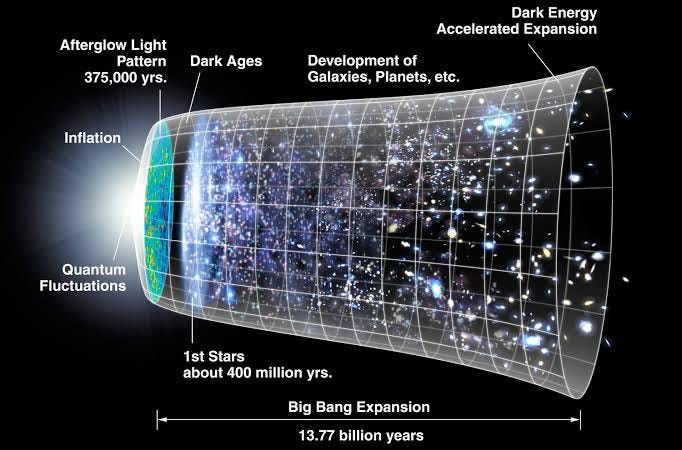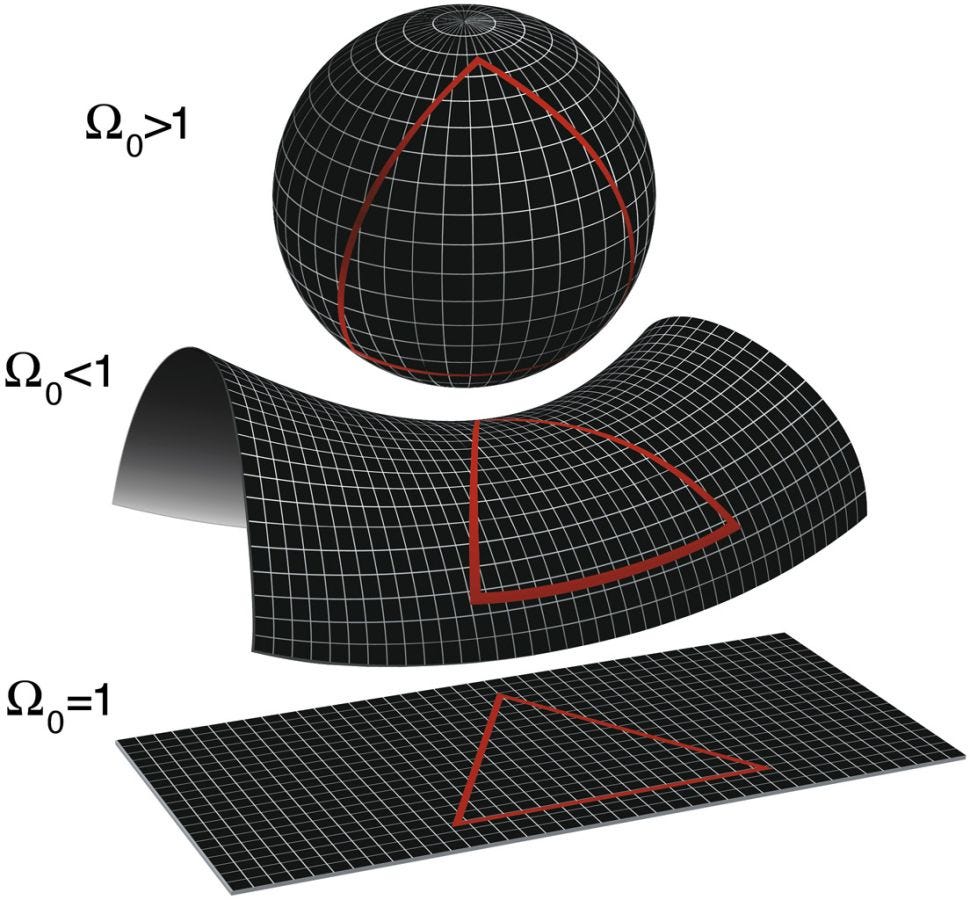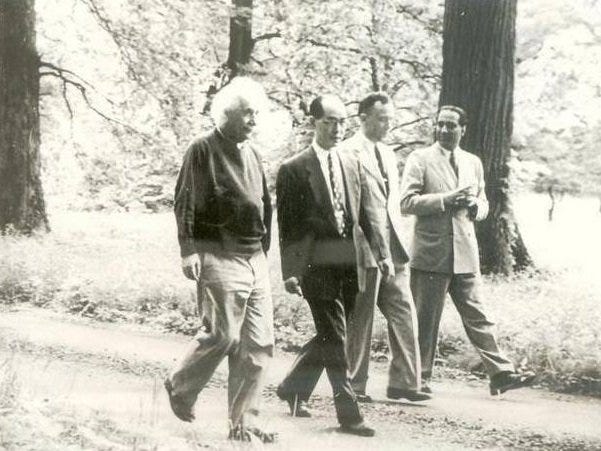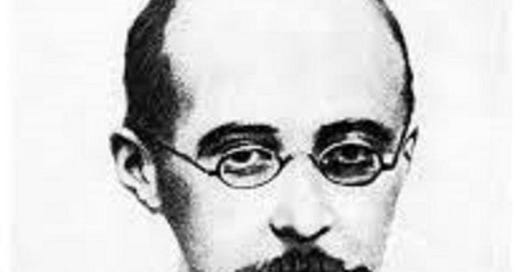A person who never made a mistake, never tried anything new. - Albert Einstein
Greetings, fellow Bohron

Hubble’s law established the fact that the universe is expanding; galaxies are always moving away from us. But why did the acceptance of this non-static universe come as late as the 1920s?
Biased View of Static Universe
Newton and others failed to realize that a static universe would contract and eventually collapse due to the gravitational attraction of all the matter. When Einstein plugged the universe into his field equations of General Relativity, he got back the solutions describing a contracting universe.

Sticking to his personal belief of a static universe, Einstein modified his equations by introducing a so-called ‘cosmological constant’ (Ω). He argued that the spacetime fabric had an inbuilt tendency to expand, counterbalancing the force of gravity and hence resulting in a static universe.
Even when general relativity demonstrated the non-static nature of the universe, Einstein and others tried to modify it. Only one man set out to explain it: Russian physicist Alexander Friedmann.
Friedmann’s Model

Before he started, Friedmann made two assumptions about the isotropic and homogenous nature of the universe:
The universe looks identical in whichever direction we look.
The same is true if we observe the universe from anywhere else.
The first assumption was proved to be true by the experiments of Arno Penzias and Robert Wilson in 1965. We are still in search of evidence for the second assumption, although we believe that it must be true since it seems absurd that the universe would look identical solely from our location.

There are three models which obey both Friedmann’s assumptions, each with a different value of cosmological constant:
Closed (Ω > 1)
The universe is expanding sufficiently slowly that gravity causes the expansion to cease. The universe then contracts and finally collapses, an event known as Big Crunch.
Saddle Shaped (Ω < 1)
The universe is expanding so rapidly that gravity would never stop it from inflating forever.
Flat (Ω = 1)
The universe is expanding just fast enough to prevent it from recollapse. The rate of expansion slows down with time but never reaches zero.
Despite his success, Friedmann’s work couldn’t garner attention until similar models were devised in 1934 by American Howard Robertson and Briton Arthur Walker.
“The Greatest Blunder”

Despite a detailed paper by Friedmann explaining his model of the universe, Einstein refused to accept his mistake and still stuck to his erroneous calculation. In September 1922, Einstein published criticism of Friedmann’s work and described it as nothing more than a ‘mathematical curiosity’.
A few months later, Friedmann wrote a private letter to Einstein politely explaining his calculation. Einstein finally realized that he indeed had been wrong all the time! Einstein then published a paper, in which he openly withdrew from his criticism and abandoned his idea of the existence of a cosmological constant. Some sources suggest that Einstein called this episode the 'greatest blunder’ of his life.

It is hard to understand why everyone blindly believed that the universe must have been static forever. The truth had been staring at us right in the face yet we had been so ignorant of it.
Subsequent discoveries by Vesto Slipher, Edwin Hubble, Georges Lemaitre and others confirmed that the universe is expanding. In the late 20th century, it was discovered that expansion is accelerating.
The accelerating universe suggests that the idea of a cosmological constant might be true after all. What this means is that Einstein’s greatest blunder may turn out to be his greatest gift to the scientific world. How? We’ll find this out next time.





In my opinion, when you are doing sciences, you can't be egoistic. Nature can make you humble in a way you never thought of.